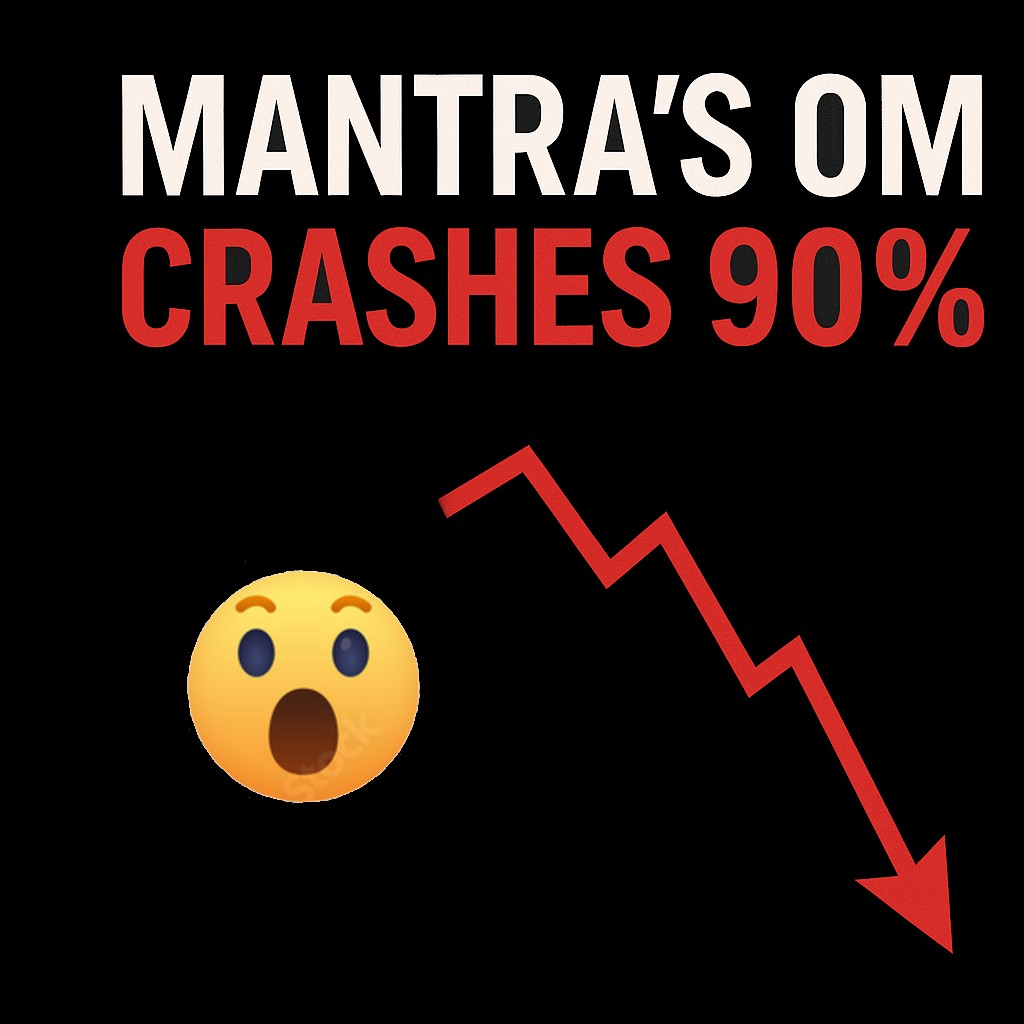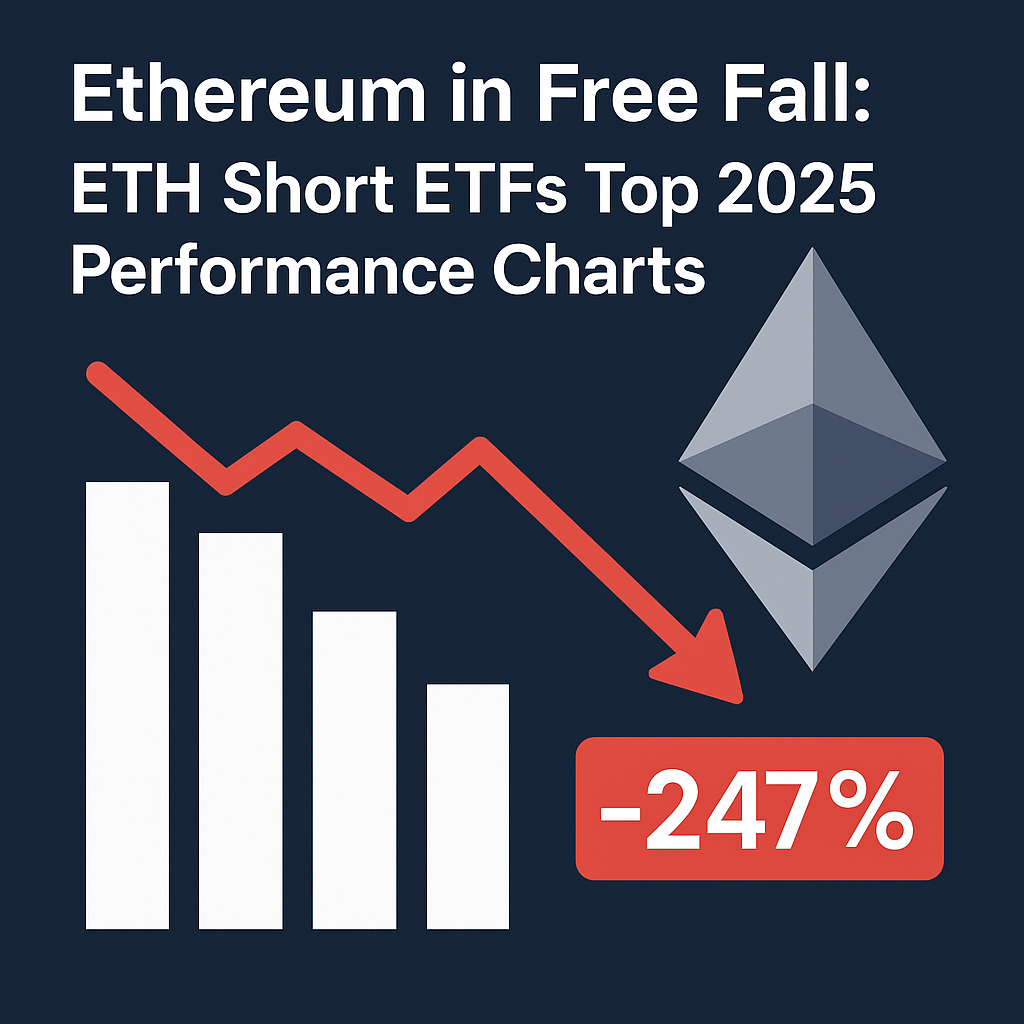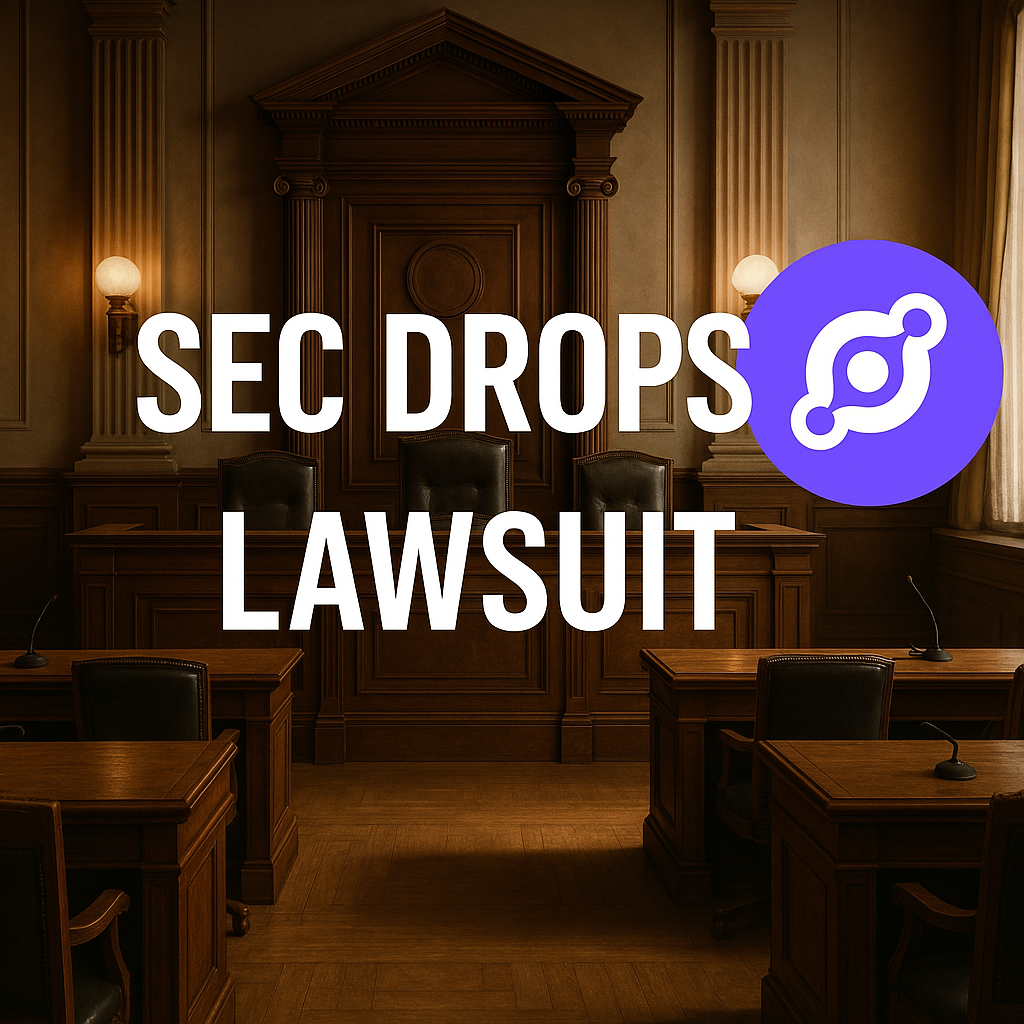Key Takeaways
- Mantra’s OM token dropped over 90% within hours, sparking shockwaves across the crypto space.
- The Mantra team blamed forced liquidations by centralized exchanges, not project issues.
- Over $50 million in OM futures were liquidated, with open interest plummeting.
- The selloff reignited fears of market manipulation and drew comparisons to past collapses like Terra (LUNA).
- Despite the crash, Mantra highlights strong fundamentals and major partnerships moving forward.
What Happened?
In the late hours of Sunday through early Monday (April 14, 2025), Mantra’s OM token experienced a devastating 90% crash, plunging from over $6 to just $0.40 in a matter of hours. The sharp decline occurred without a clear catalyst, raising concerns across the crypto market and fueling conspiracy theories about behind-the-scenes manipulation.
Forced Liquidations by Centralized Exchanges?
John Patrick Mullin, Mantra co-founder, pointed to “reckless, forced closures” of OM positions by centralized exchanges as the likely cause. He stated that there were no technical or fundamental issues with the project.
“We have determined that the OM market movements were triggered by reckless forced closures initiated by centralized exchanges on OM account holders,” Mullin said on X (formerly Twitter).
Mantra’s official account echoed the sentiment:
“We want to be clear: this was not our team. Today’s activity was triggered by reckless liquidations, not anything to do with the project. We’re investigating and will share more soon.”
Over $50M Liquidated – Futures Market Shaken
More than $50 million in long OM futures positions were liquidated during the crash, marking a historic liquidation event for the token. Open interest collapsed from around $345 million to $130 million, signaling a rapid exit from leveraged positions.
Community Divided: Parallels to Terra’s Collapse
The OM crash drew instant comparisons to the infamous Terra (LUNA) collapse of 2022. Although the situations differ, the sudden, unexplained price movement during low-liquidity trading hours brought back unsettling memories.
The crypto community remains divided. While many rallied behind Mantra, others voiced skepticism in response to Mullin’s posts, questioning the explanation and calling for transparency.
OKX’s Star Xu Calls for Transparency
Adding to the controversy, OKX founder Star Xu weighed in on a report highlighting over $220 million in OM token deposits to exchanges just before the crash. Xu responded:
“It’s a big scandal to the whole crypto industry. All of the onchain unlock and deposit data is public, all major exchanges’ collateral and liquidation data can be investigated. OKX will make all of the reports ready!”
His statement hints at industry-wide investigations into potential misconduct or coordinated selling.
Mantra’s Real-World Asset Vision Remains Intact
Despite the market panic, Mantra continues to position itself as a leader in the tokenization of real-world assets (RWAs) such as real estate, infrastructure, and commodities.
In January 2025, Mantra announced a landmark partnership with the DAMAC Group, a UAE-based conglomerate, to tokenize over $1 billion in assets, including real estate developments, data centers, and hospitality properties.
OM acts as the utility and governance token powering the Mantra ecosystem and RWA-based transactions.
Conclusion: Market Shaken, But Project Fundamentals Solid
The OM crash is a stark reminder of the volatility and opacity that still plague the crypto industry. While the project’s fundamentals appear intact, the event underscores the need for greater transparency, decentralized risk controls, and improved exchange accountability.
As investigations unfold, investors are urged to stay informed, manage risk wisely, and watch for further developments.




